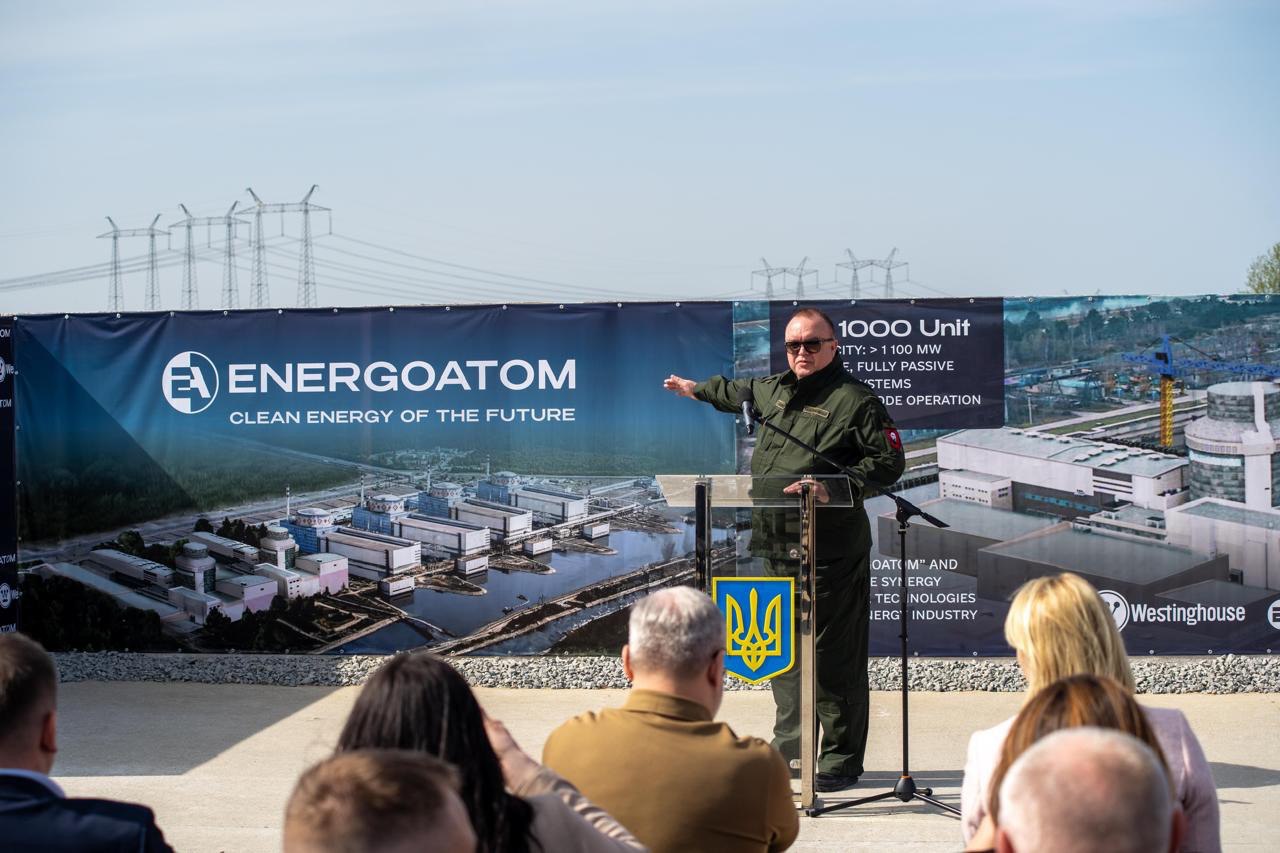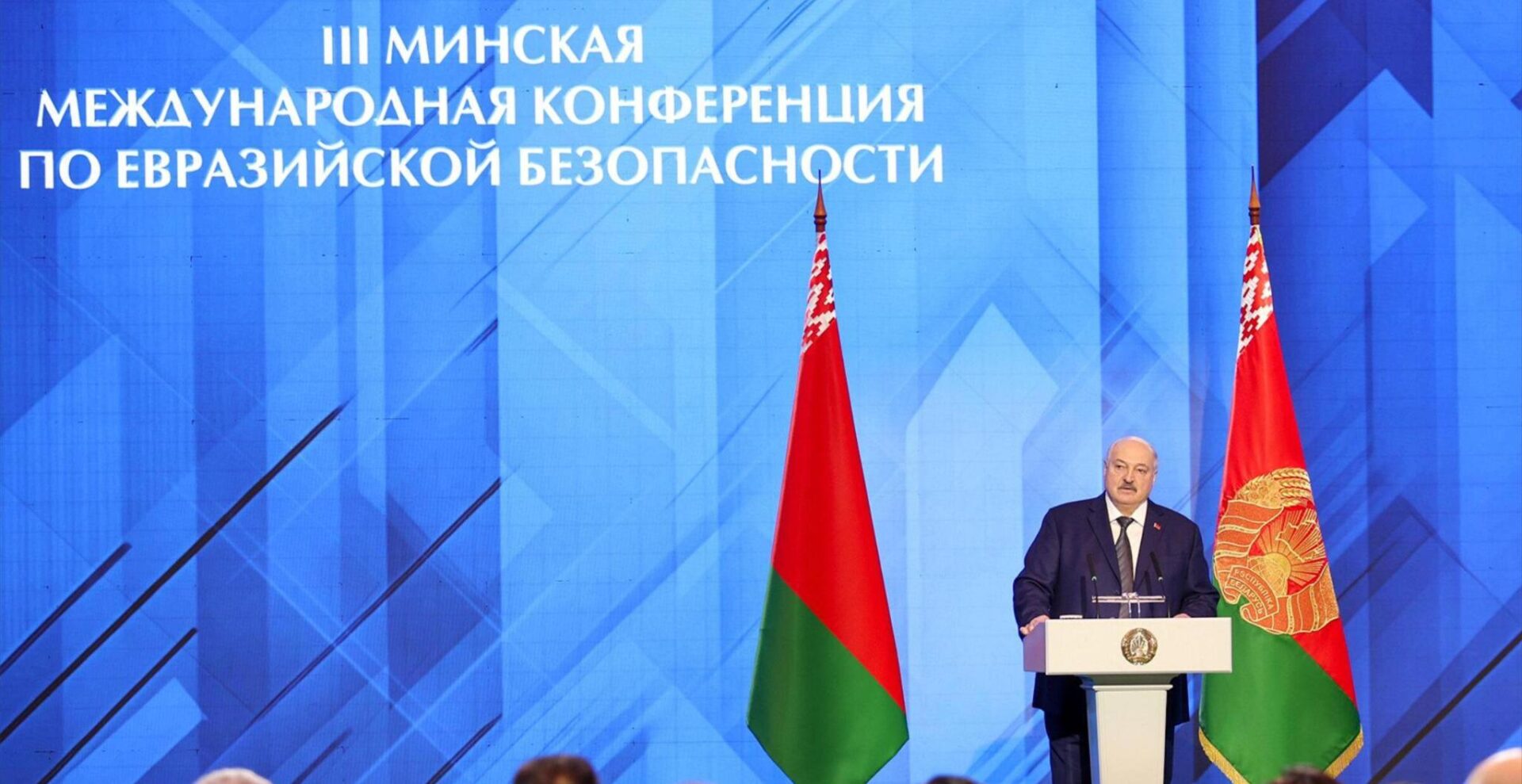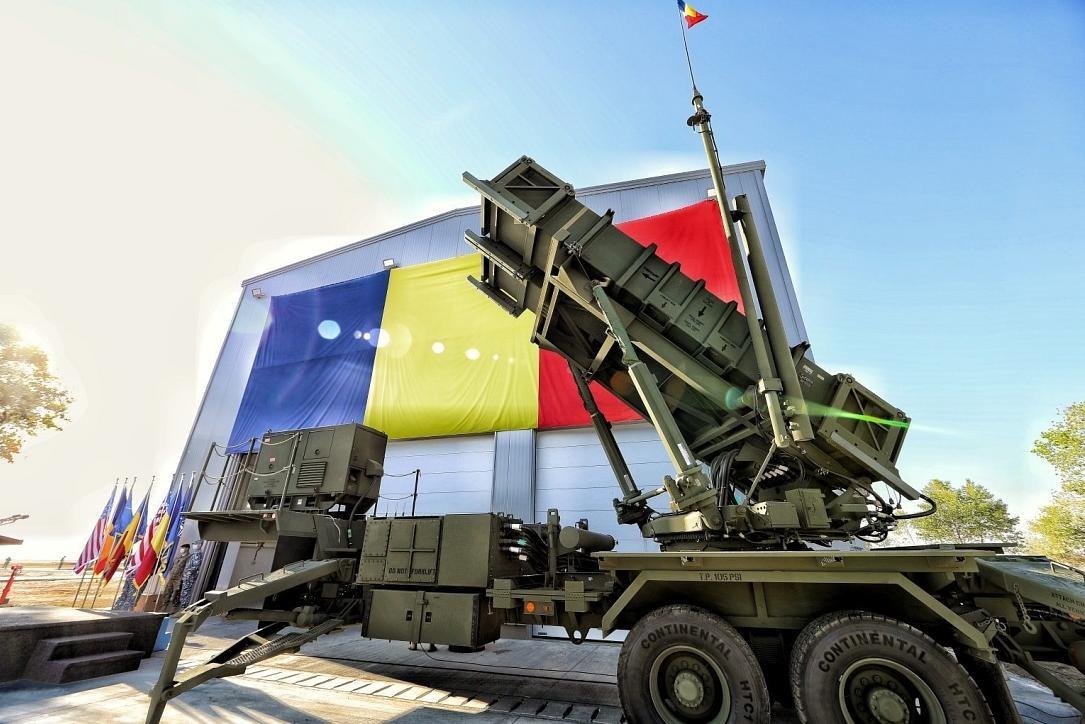
Ukraine Eyes American Technology as Cornerstone of Future Energy Mix
Ukraine Eyes American Technology as Cornerstone of Future Energy Mix
Executive Summary:
- Ukrainian nuclear company Energoatom and US-based Westinghouse are working on implementing agreements to deploy new AP1000 pressurized water reactors, which have emerged as a key component for the future reconstruction of Ukraine’s energy generation sector.
- Actual construction is unlikely to start before the end of the war without adequate systems to defend against Russian missiles and drones, as well as increased support from Kyiv’s Western partners.
- A concrete plan for financing Ukraine’s future AP1000 fleet can be established now to facilitate construction once the Russian threats to Ukraine’s energy infrastructure are significantly curtailed or the war ends.
On August 27, Ukraine’s Energoatom, the sole operator of the country’s nuclear power plants, announced that it secured the first approvals from local officials for the future development of a new nuclear project at the formerly abandoned site of the Chyhyryn Nuclear Power Plant (NPP) (Energoatom.com.ua, August 27). The company intends to build four nuclear reactors at the site based on the Westinghouse-owned AP1000 pressurized water reactor technology as a part of its wider program to deploy a whole fleet of new nuclear units across the country. Undoubtedly, Energoatom’s plans are well grounded—both in the context of earlier signed cooperation agreements with Westinghouse and in the light of the need to rebuild Ukraine’s energy system due to the impact of Russia’s war. Nevertheless, even if Ukraine would like to commence work on the new nuclear units as quickly as possible, actual construction is unlikely to start before the end of the war without adequate systems to defend against Russian missiles and drones as well as increased support from Kyiv’s Western partners.
Energoatom already entered into cooperation with Westinghouse as early as 2021. At the time, the two companies confirmed the choice of the AP1000 technology for future nuclear reactor projects in Ukraine (Info.westinghouse.com, August 31, 2021). The two sides signed a contract initiating engineering and procurement of long-lead items (i.e., specific equipment that takes several years to procure, design, fabricate, and deliver) for the first AP1000 unit at the Khmelnytskyi NPP in November 2021 (Info.westinghouse.com, November 22, 2021). Later on, after Russia’s full-scale invasion, both firms agreed to further expand their partnership, deciding to build as many as nine new AP1000 units in Ukraine under an unspecified time frame (Info.westinghousenuclear.com, June 3, 2022). They have also considered the deployment of Westinghouse’s small modular reactors (AP300) (Info.westinghousenuclear.com, September 12, 2023). Ukrainian Energy Minister German Galushchenko has hailed the cooperation with Westinghouse in helping Ukraine become “one of the leaders in clean energy and increasing nuclear generation capacity both through the construction of new large power units and deployment of small modular reactors.” Galushchenko also emphasized the localization of manufacturing as a core component of their cooperation.
At the time of writing, little is publicly known about the progress in implementing the agreements between Energoatom and Westinghouse. Nevertheless, several developments suggest that the Ukrainian side has already initiated arrangements for the fast deployment of the new reactors. The most advanced preparations surround the construction of two units at the Khmelnytskyi NPP, which are supposed to be the first AP1000 units in Ukraine. In this specific case, Energoatom has already placed an order worth nearly half a billion dollars for nuclear island equipment for one unit (e.g., reactor pressure vessel, steam generators, etc.) (Biz.censor.net, December 26, 2023). The parts will presumably come from unit 2 or 3 of the discontinued US-based Virgil C. Summer AP1000 project, which was canceled in 2017 after Westinghouse filed for bankruptcy (Mev.gov.ua, December 17, 2023; Neimagazine.com, December 20, 2023). Beyond that, Energoatom has also taken the following steps:
- Ordered a detailed feasibility study to be completed by the end of this year (Prozorro.gov.ua, February 20);
- Initiated a transboundary environmental impact assessment in line with UN Espoo Convention requirements (Gov.pl, April 24);
- Jointly established the Energoatom-Westinghouse Engineering Office to provide specialist training for Ukrainian engineers and operators and localize operations (Energoatom.com.ua, May 21); and
- Started some of the initial groundwork (not to be confused with actual construction) to prepare for future investments and construction (Energoatom.com.ua, April 15).
All these activities suggest a high level of determination on the Ukrainian side to rebuild and strengthen its energy infrastructure. Before the war, Ukraine’s existing nuclear reactors accounted for approximately half of the country’s energy generation (Iea.org, accessed September 17). Now, their share of Ukraine’s energy generation mix probably stands at around 70 percent, as Russia systematically destroys civilian infrastructure (Kyiv Independent, April 26). One growing problem is that most of the nuclear units in the country will reach the end of their lifespan within the next ten to 15 years. In most cases, the lifetime of Ukrainian reactors has already been extended from the original 30 years to as much as 50 years. This reality places added urgency on beginning construction as soon as possible, even under war conditions. Moreover, Ukraine will have to rebuild its energy sector almost from scratch once the war ends. As the need for more reliable baseload power becomes more acute and, considering the future demand for emission-free energy imports in the European Union, establishing new nuclear capacities will remain a priority for Kyiv.
The specific timeframe for the future deployment of AP1000s in Ukraine remains unknown. The parties involved have refrained from providing detailed statements for security and business purposes. On the one hand, both the Ukrainian government and Energoatom have suggested that the construction of new units at the Khmelnytskyi NPP (together with the recommencement of the once-abandoned works on two other reactors with Soviet VVER technology) should start as soon as possible (Kmu.gov.ua, January 29). On the other hand, constructing nuclear reactors under current conditions would be nearly impossible, given the realities of nuclear development. Preparing for such an investment involves prolonged administrative procedures (environmental assessment, licensing, etc.); detailed engineering; procurement activities; financial arrangements; and other work, including site preparation and construction of associated non-nuclear infrastructure. Even during peacetime, such procedures take many years to complete.
Additionally, Ukraine will have difficulty with development of the nuclear reactors, especially in grappling with the reality that one Russian precision strike could easily disrupt logistic chains or even destroy on-site progress. That being said, in early September, the International Atomic Energy Agency declared that it would increase its monitoring missions of Ukrainian nuclear facilities and projects critical for the country’s power generation (Kyiv Independent, September 13). Such initiatives, along with an adequate supply of advanced air defense systems, could give Kyiv a window to begin at least initial construction on new projects earlier.
All this leads to the conclusion that the full development and construction of AP1000 nuclear reactors in Ukraine will likely be a core component of postwar reconstruction efforts. Nevertheless, what can be done now is to establish a concrete plan to finance Ukraine’s future AP1000 fleet and advance other engineering and administrative activities. Such an approach will certainly help facilitate the actual construction of the reactors once the Russian threats to Ukraine’s energy infrastructure are significantly curtailed or the war itself ultimately ends.


